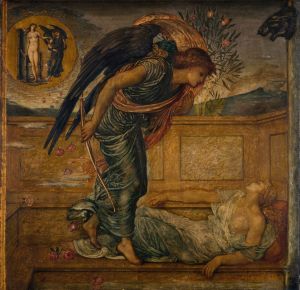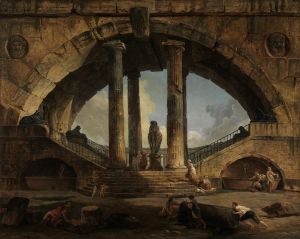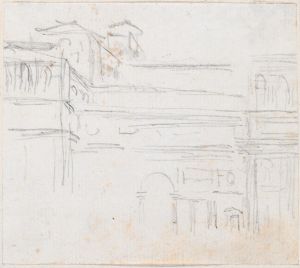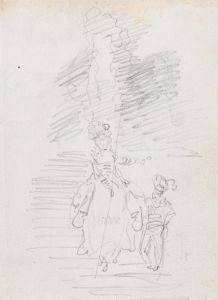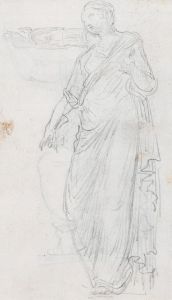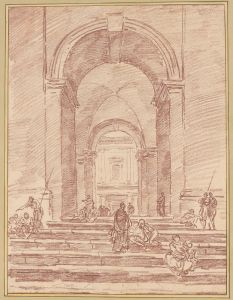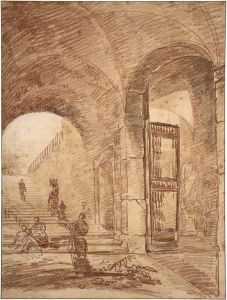
A Roman Fountain with a Woman Collecting Water
A hand-painted replica of Hubert Robert’s masterpiece A Roman Fountain with a Woman Collecting Water, meticulously crafted by professional artists to capture the true essence of the original. Each piece is created with museum-quality canvas and rare mineral pigments, carefully painted by experienced artists with delicate brushstrokes and rich, layered colors to perfectly recreate the texture of the original artwork. Unlike machine-printed reproductions, this hand-painted version brings the painting to life, infused with the artist’s emotions and skill in every stroke. Whether for personal collection or home decoration, it instantly elevates the artistic atmosphere of any space.
Hubert Robert's painting A Roman Fountain with a Woman Collecting Water is a work by the French artist known for his depictions of architectural ruins and landscapes. Hubert Robert (1733–1808) was a prominent painter of the 18th century, often referred to as "Robert des Ruines" due to his fascination with classical ruins and his ability to blend imagination with historical accuracy. His works frequently combined real and imagined architectural elements, creating evocative scenes that captured the grandeur and decay of ancient civilizations.
This particular painting, A Roman Fountain with a Woman Collecting Water, exemplifies Robert's skill in portraying the interplay between human activity and monumental architecture. The scene features a woman drawing water from a fountain, surrounded by classical Roman structures. The fountain itself is a central element of the composition, designed with intricate details that reflect Robert's interest in Roman engineering and design. The inclusion of the woman adds a human scale to the scene, emphasizing the relationship between everyday life and the remnants of a grand historical past.
Robert's time in Italy, particularly his stay in Rome from 1754 to 1765, greatly influenced his artistic style. During this period, he studied ancient ruins and was inspired by the works of Giovanni Battista Piranesi, an Italian artist known for his etchings of Roman architecture. This influence is evident in Robert's ability to render architectural elements with precision while imbuing them with a sense of romanticism and nostalgia.
The painting reflects the 18th-century European fascination with antiquity and the ruins of the classical world. It also aligns with the aesthetic principles of the Enlightenment, which valued the study of history and the natural world. Robert's works often served as a bridge between the real and the imagined, inviting viewers to reflect on the passage of time and the enduring legacy of ancient civilizations.
While the exact date of creation for A Roman Fountain with a Woman Collecting Water is not specified, it is consistent with Robert's broader body of work, which often explored similar themes. The painting is an example of his ability to create atmospheric compositions that blend architectural grandeur with the simplicity of daily life.
As with many of Robert's works, this painting demonstrates his mastery of light and shadow, which he used to enhance the texture of stone and water, as well as to create a sense of depth and movement. The result is a harmonious balance between the natural and the man-made, capturing the timeless beauty of Roman architecture and its integration into the lives of those who inhabit its surroundings.
Further details about the painting's current location, provenance, or specific historical context are not readily available.





